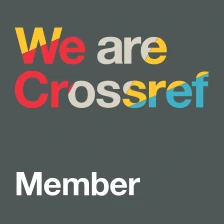The Art of the Possible: Making films on sex work migration and human trafficking
DOI:
https://doi.org/10.14197/atr.201217710Keywords:
human trafficking, sex work, documentary films, migration, anti-trafficking, visual anthropologyAbstract
Fiction films and documentaries increasingly bring the themes of sex work migration and human trafficking to the big screen. The films often focus on women who have experienced a range of abusive conditions within the sex industry, experiences which in the films typically are all labelled ‘trafficking’ and narrated through the capture of innocents and their rescue. Images of ‘sex slaves’ have thus entered the film scene as iconic figures of pain and suffering, and ‘traffickers’ have emerged as icons of human evil. Building upon the substantial scholarly critique of such films and representations, this article discusses the possibilities of making films about migrant sex workers (some of whom may be trafficked) that do not fall into misleading and sensationalised representations. I draw upon two films about women migrant sex workers that I have worked on as an anthropologist and filmmaker—Trafficking (2010) and Becky’s Journey (2014). The point of departure is that there are a range of other aspects that can influence the filmmaking process rather than merely a one-dimensional perspective on sex work and trafficking. While analysing the making of these two films I look at the reasons—both theoretical and practical—for certain production decisions and the ways in which films in the context of multiple challenges are often the result of the art of the possible.
Metrics
Published
How to Cite
Issue
Section
License

This work is licensed under a Creative Commons Attribution 4.0 International License.
The Anti-Trafficking Review has a policy of licensing under the Creative Commons Attribution License (CC-BY). Under the CC-BY license, the public is free to share, adapt, and make commercial use of the work. To protect our work and that of our authors, however, users must always give proper attribution to the author(s) and the Anti-Trafficking Review (i.e. with a complete bibliographic citation and link to the Anti-Trafficking Review website and/or DOI).
The Anti-Trafficking Review promotes the sharing of information, and we therefore encourage the reproduction and onward dissemination of articles published with us.








